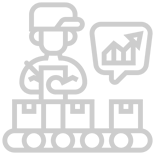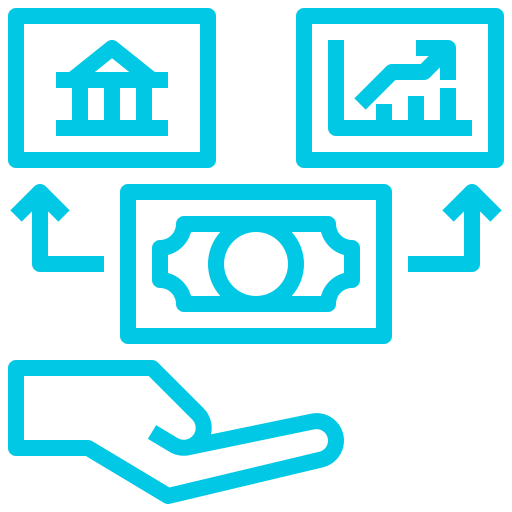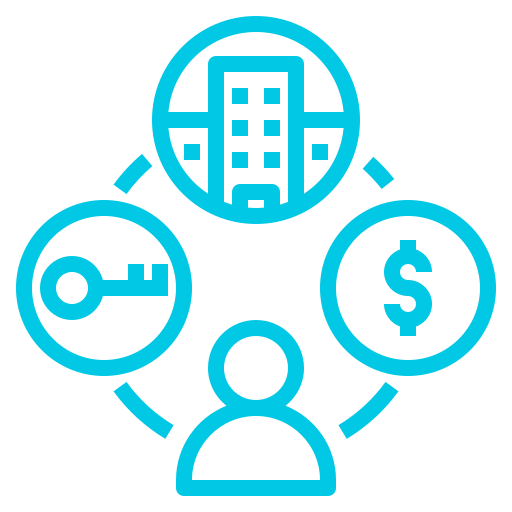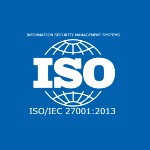Top Ten Hotel Technology Trends to Watch
Posted by |
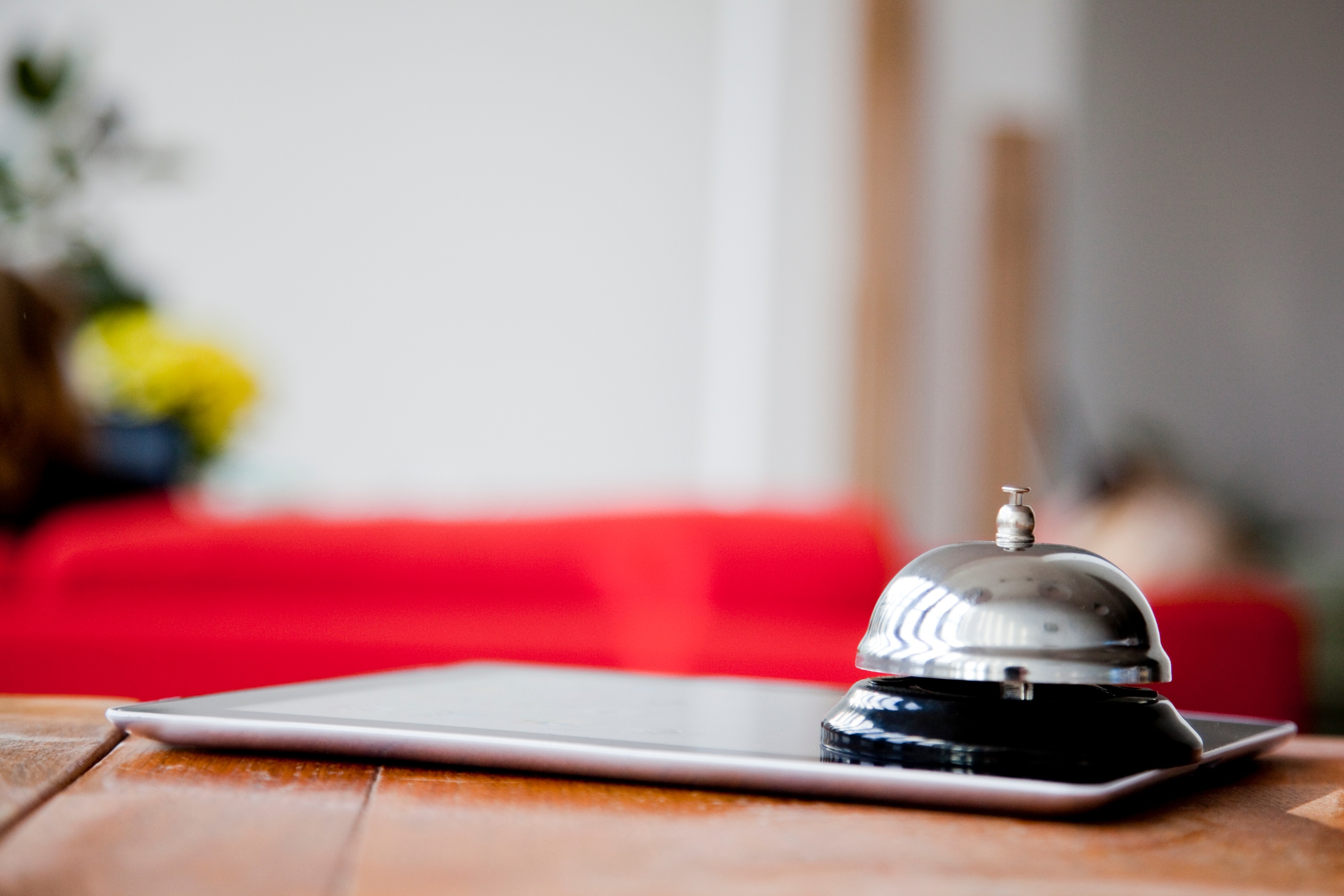
Hotels are exploring innovative technologies to better serve guests throughout their stay, to remain competitive and persist as top of mind with consumers. Hotel chains are making large-scale technology investments that are too expensive for Airbnb owners to adopt, enhancing their own competitive advantage. Hotels are exploring and implementing these innovations across numerous properties, with prioritization based on feedback from guests, time to implementation and ability to increase average daily rate (ADR). One key result: additional, if incremental, value for hotel guests.
Whether some or all of the innovations below become table stakes, the guest experience is becoming more digital, efficient, and customized. We are in an interesting time as these technologies are tested across hotels creating value for both hoteliers and guests.
These systems track whereabouts of all guests and provide real-time information, direction, roll call, and communication in the case of an emergency. A system that tracks guests’ whereabouts when traveling could become a major selling point for hotels so that owners can keep people safe and give them peace of mind when they travel.
SafePlace Live is an example of a company pioneering this technology. SafePlace Live offers versions for single hotels as well as multiple affiliated properties and is currently looking to sell to global hotel chains. The company does not yet have any implementations but the product is ready and they are initiating marketing.
Room key technology is evolving to digital. Near field and keyless entry enables digital, but is not limited to magnetic control of locks. It enables opening a door via an app from any location.
This technology allows guests to open doors for other guests, room service, deliveries, or others without having to leave their couch or bed.
Front desk staff can open doors timed to when guests walk to the room upon arrival. This technology can also track who has accessed a room and at what time, providing insights that help manage house operations.
CISA Hotels and TESA are two examples of companies innovating in this space. Hotel chains like Marriott, Hilton and Wyndham are deploying this capability across their portfolios.
Given the proliferation of streaming TV, guests now want access to that content when traveling. Innovative entertainment systems enable the room TV to sync and remember connections with guest devices. For example, a guest’s Netflix, cable service, pictures and phone/tablet/laptop can automatically be shown and accessed on screen. As consumers’ entertainment demands shift, hotels need to support them. It is safe to assume that guests will become frustrated with the inability to watch their normal entertainment content when travelling. Changing consumer preferences at home will translate to entertainment demands during travel.
Marriott and Hyatt are two of the major brands rolling out in-room streaming across properties. Vendors such as Neaya TV, RoomNet TV and Sonifi are competing in the space to win business from hotels across the globe.
This technology enables guests to replace the hotel phone with their own devices, allowing them to call airlines from the pool and text family members. This is especially useful for international travelers who otherwise pay international fees to communicate over the phone. International guests today sometimes bring walkie-talkies for this reason – now having the ability to connect via wi-fi with the room, concierge, and other guests via a guest’s own device enhances convenience. The other issue this resolves is when a guest is waiting on hold to deal with airline issues or expecting an important booking call. Using your own device enables a guest to leave the hotel room without having to use his or her own roaming cellular service.
Boutique luxury hotels have adopted this capability. Across the global chains, Hilton seems to be at the forefront as its mobile app emphasizes connecting via a guest’s own device. None of the global chains have marketed BYOD telephony capabilities but communicating with the front desk or concierge is something that has been rolled out.
This smart room technology enables guests to control lights, temperature, entertainment, room service requests, and other settings from a tablet or the guest’s own device. This adds ability to customize and enables full control without having to get out of bed. While this functionality may be seen as a gimmick to some, the greater value stems from pairing this hardware and software with smart room technology (discussed below). Digital room control alone may add the most value in resort/leisure destinations like Disney World and Las Vegas but will have less novelty for business travelers.
Smart Link is an example of a provider of this type of technology. Many Las Vegas hotels have these features available to guests across independent and chain properties.
Automating and digitizing lost and found can provide guests with peace of mind and make returning lost items easier for hotel staff. Guests can be notified automatically of items left in the room and items can be sent to guests’ home or pre-specified address with simple email notification. Not only will the guest be grateful for the return, but it’s an opportunity for the hotel to create goodwill in the mind of the guest.
A company blazing the trail in this area is ReturnHound. They currently have adoption by independent hotels in Dubai and are looking to expand globally over the next 12 months.
This technology tracks guests throughout a property, sending to the guest direct offers, activity updates and recommendations based on time of day, location on property and guest preferences. For example, a guest leaving the gym may be offered a deal on a protein shake, or a guest sitting at the pool may be marketed a pina colada and be notified of an upcoming music performance at the other side of the pool.
A company providing this technology is MyiGuest. Hilton hotels is on the forefront of rolling this out making it currently available at the Hilton Waikiki and Hilton Dallas resorts. In the cruise ship industry Carnival has found success using beacon tracking through bracelets rather than smart phones. Disney Resorts is another example of a company using bracelets to track guests and enable payment across the resort.
Digital menus represent an opportunity to streamline processes, to engage, and to provide information for guests. At hotels, there is added ability to track guests’ orders digitally for future order recommendations across properties. For example, if a guest ordered a Po’boy sandwich in New Orleans through the restaurant digital menu, this preference and behavior could be saved to his or her profile. When the guest arrives in Boston that menu could note that the guest enjoys trying local cuisine and recommend clam chowder.
Dyna Menu is a company that has found success in digital menus. There is no major brand-wide adoption by hotel chains but it is used by specific properties and restaurants globally. One example of a successful rollout was Chili’s restaurant.
- Housekeeping tracking technology
These capabilities enable flexible check-in and checkout. The systems track cleaning staff, monitor room turnover progress, and notify front desk staff the moment a room is prepared for check-in. The systems analyze requested arrival and departure times and completion of cleaning to optimize check-in times and accept as many early check-in requests as possible.
This technology enables all options and settings to be controlled, manipulated and stored for guests’ current and future stays.
Examples:
- A guest sets a 6:00 AM wakeup to a specific song, TV turns on to specific channel, lights brighten slowly, shades draw, shower turns on, etc.
- Rooms in hotel adjust temperature based on guests’ locations; unoccupied areas are heated or cooled less, crowded rooms are heated less to control for body heat.
This is also a marketing opportunity as it makes the building environmentally friendly.
Somfy is a company providing this technology. Aspects of this have been adopted by luxury hotels across the world. One leading example in the Palace Hotel in Dubai.
While not all technology innovations will be worth the investment, we anticipate that hotels will push technological capabilities to keep up with the advancements in smart home, office and automobile technology. Some technology will be deemed unimportant or will become obsolete due to substitutes while other technology will become table stakes in the hospitality industry. Guests will demand that hotels provide the level of technology comparable to or exceeding what they have at home.
The level of adoption will differ widely based on hotel scale. Guests at luxury resort properties expect leading services, amenities, and technologies, so these will be the first to adopt new technologies.
Early adopting luxury properties are the proving ground between innovation and customer demand. Lower scale hotels will follow suit to avoid inconveniencing guests and interfering with consumer’s digitally enabled lives.
Tags: Competitive Strategy, Information Technology, Travel & Leisure


